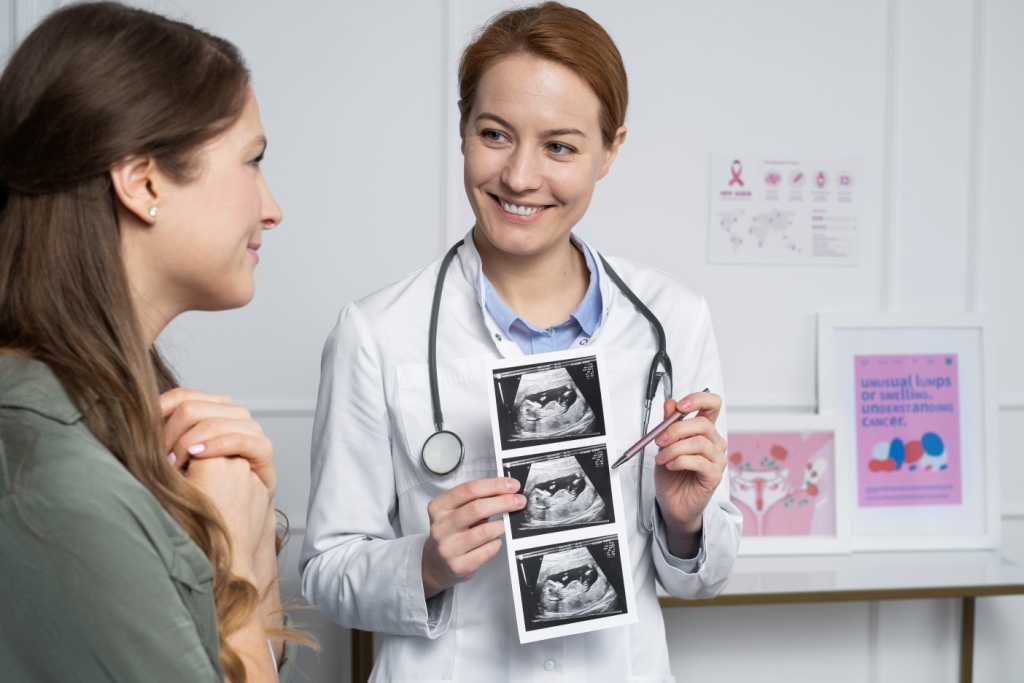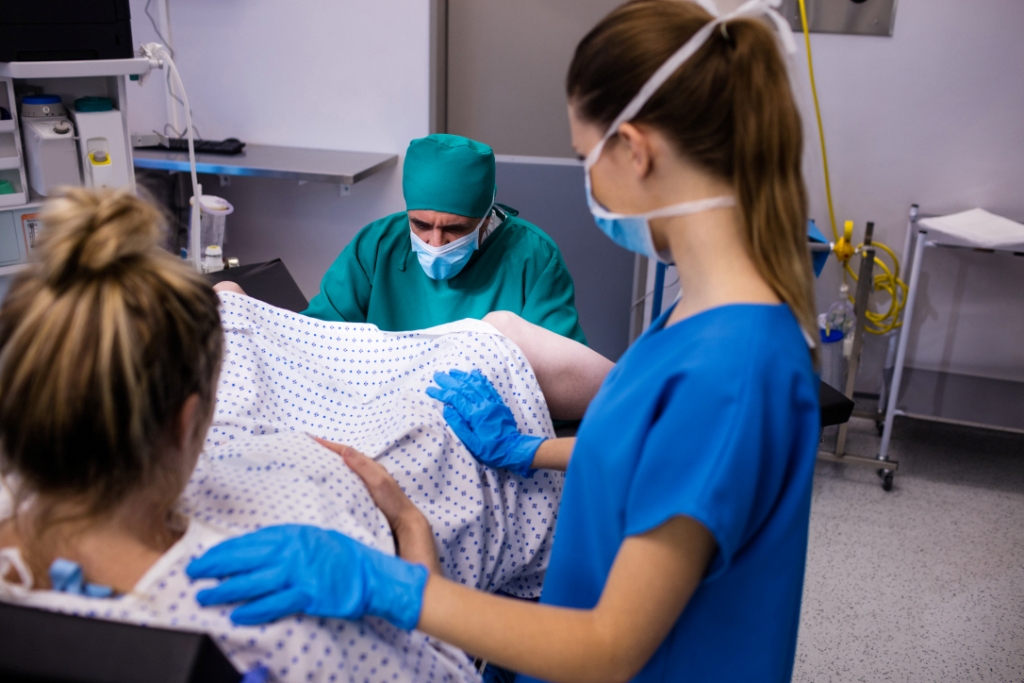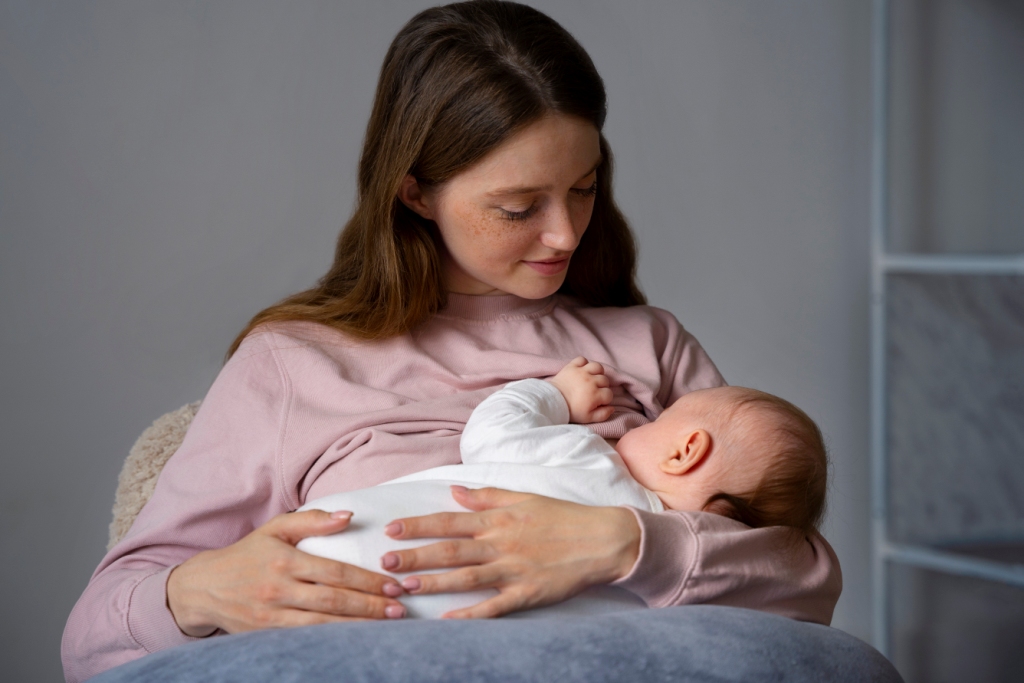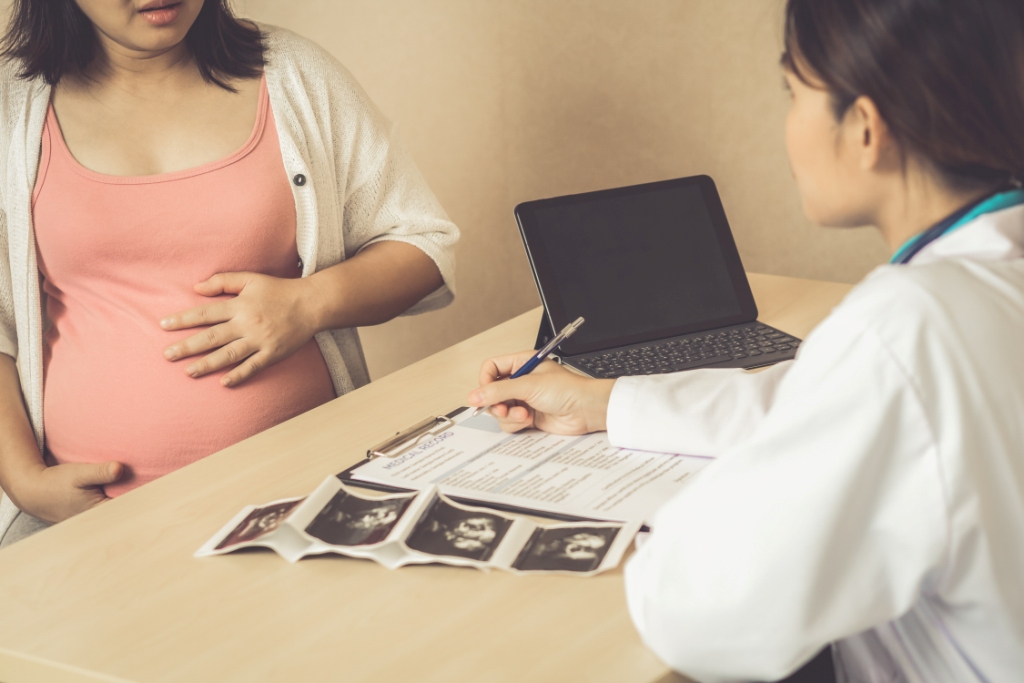Bringing a new life into the world is a momentous occasion filled with anticipation and excitement. As expectant parents prepare for the arrival of their little one, one of the most significant decisions they face is choosing between natural birth and Cesarean section (C-section). Both methods of delivery have their own set of considerations, and making an informed decision is paramount for the health and well-being of both the mother and the baby.
In general, the majority of childbirths worldwide occur through natural vaginal delivery, accounting for approximately 75 to 90⁶% of deliveries. However, the rate of C-sections has been steadily rising globally, reaching around 20 to 25% of all births. Understanding these factors is essential for expectant parents to make an informed decision that aligns with their unique circumstances and preferences.
Medical Considerations
One of the primary factors to consider when choosing between a natural birth and a C-section is the medical condition of both the mother and the baby. Maternal health conditions such as hypertension, diabetes, or heart disease may influence the suitability of vaginal delivery. Similarly, obstetric complications such as Placenta Previa, contracted pelvic, fetal distress, or a breech presentation may necessitate a C-section.
Consulting with healthcare providers, including obstetricians and midwives, is essential. They carefully evaluate the individual’s health condition and determine the safest delivery method for both the mother and the baby, aiming to minimize risks and complications.

Previous Delivery Experience
A woman with a previous childbirth experience can significantly impact her decision regarding the method of delivery. Positive experiences with natural birth may lead to a preference for a vaginal delivery, while traumatic or complicated deliveries may prompt consideration of a C-section. Women who have undergone a C-section in the past may consider vaginal birth after Cesarean (VBAC) after discussion with their healthcare providers and careful assessment of their suitability for VBAC.
Expectant parents need to reflect on their past experiences and discuss them with their healthcare providers to make an informed decision.
Delivery Process

Understanding the details and implications of the delivery process for both natural birth and C-section is crucial. Natural birth typically involves the onset of labour, progression through different stages of labour, and ultimately, the delivery of the baby through the birth canal. It often results in a shorter recovery time for the mother and promotes early bonding and breastfeeding initiation. On the other hand, a C-section is a surgical procedure that requires anaesthesia and involves incisions on the abdomen and uterus to deliver the baby. While C- sections may be necessary in cases of medical emergencies or complications, they generally involve a longer recovery period and a higher risk of infection compared to vaginal delivery.
Personal Preferences and Birth Plans
In the realm of childbirth, personal preferences and birth plans serve as guiding beacons for expectant parents navigating the intricate journey of bringing new life into the world. Some expectant parents may have strong preferences for one method of delivery over the other based on cultural or emotional factors. It’s essential for them to openly communicate with their healthcare providers about their preferences and concerns to ensure that their birth plan aligns with their wishes while prioritizing the health and well-being of both mother and baby. These preferences encompass a spectrum of desires, intentions, and expectations unique to each individual, shaping the trajectory of labour, delivery, and postpartum care.
Support System and Resources
Having a supportive birth team and access to resources such as childbirth education classes and prenatal support services can facilitate the decision making process. Childbirth education classes provide expectant parents with expectant parents with valuable information about the childbirth process, pain management techniques, and strategies for labour and delivery. Facilities for the provision of epidural, having a supportive partner or support person can provide emotional and practical support throughout labour and childbirth.

Psychological and Emotional Factors
The psychological and emotional readiness of expectant parents is another critical factor to consider when choosing between natural birth and C-section. Pregnancy and childbirth can evoke a range of emotions, including excitement, anxiety, and fear. Expectant parents need to explore their feelings and seek emotional support from their healthcare providers, family members, or support groups as needed.
In conclusion, choosing between a natural birth and a C-section involves careful consideration of medical, obstetric, personal, and emotional factors. Expectant parents should work closely with their healthcare providers to weigh the risks and benefits of each delivery method and make an informed decision that aligns with their preferences and circumstances. Addressing issues such as anxiety and alleviating fear helps in making positive choices. By prioritizing safety, well-being, and open communication, expectant parents can embark on their childbirth journey with confidence and peace of mind.

Shared by: Dr Chandana Galidevara,
Consultant Obstetrician & Gynaecologist,
Ankura Hospital for Women and Children




